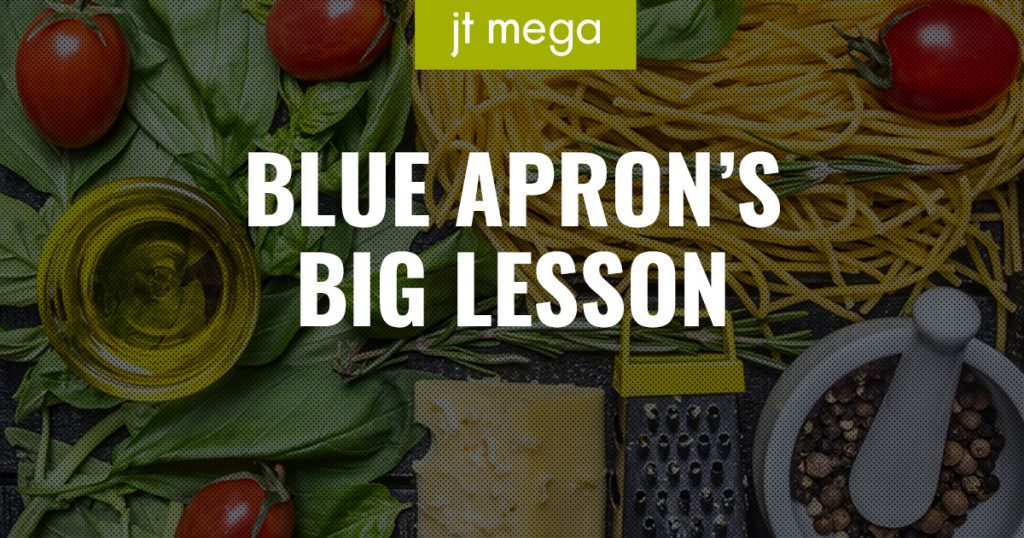“Is Blue Apron a tech startup or a food company?” was the question CNBC writer Todd Haselton set out to answer in his recent article “Every Company Is a Tech Company Now.” Haselton writes that though the company provides perfectly portioned farm-fresh ingredients and modern chef-inspired recipe guides, Blue Apron is also using highly sophisticated algorithms and logistics to do something older companies, like grocery chains, hadn’t considered until recently: delivering meals you can cook yourself.
WHY IT’S HAPPENING
At their spring 2017 Anthropology, Culture, Trends (A.C.T.) Conference, The Hartman Group explained we’re in the midst of a seismic food revolution due to the collision of four unique forces:
- Unprecedented technological capabilities in food production
- Collective recognition of natural resource limitations
- Changing customer demands and expectations for their food
- The emergence of big data
Which is why a deluge of food-tech startups are looking to disrupt how we procure, grow, harvest and serve sustenance, such as Memphis Meats, Gotham Greens and Perfect Day Foods.
WHAT WE THINK
Big Food must embrace the role of Big Food-Tech to ensure long-term growth and success.
There is no question that the overarching food system of today is not the model that will provide sustenance to millions of consumers worldwide ten or twenty years from now. Big Food has the unique advantage of having access to financial capital, human resources, and sophisticated supply and logistic chains to heavily shape what the food system of tomorrow can and should be.
WHAT’S NEXT
The shift from food company to food-tech company requires a shift in business priorities.
Establish merger and acquisition targets for both product/brand portfolios and food technology
Acquiring new brand/product portfolios will always be important for sustained growth, but Big Food must also gain access to the required food technology in order to stay competitive.
Prioritize the investment in front-end innovation
Much of our industry’s current innovation focuses on the end product to the customer. Features and benefits like product shelf life, taste, and incorporation of on-trend ingredients or preparation methods are common areas of focus for R&D. But the same focus must also be placed on innovating front-end production–whether that’s on the farm or at the plant.
Innovations that improve/preserve natural resources, provide better quality of care for animals or even improve the conditions of those working within the supply chain will become more important factors in how customers choose food and beverage products moving forward.
Support relevant product/category accelerators
The good news is that many Big Food companies have started to make these investments. Accelerators not only help propel category innovation, but position Big Food as Big Thinkers. Land O’Lakes recently launched its Dairy Accelerator program to invest in dairy startups to drive category innovation and stave off competition from plant-based alternatives.
Just some Thought for Food™
Read Winning with Big Food: Part 2
Read Winning with Big Food: Part 1
